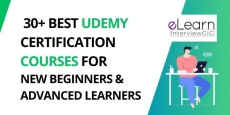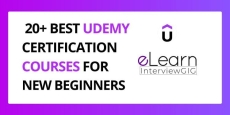What you’ll learn-117 hours
-
Grasp the basics of financial accounting and understand its objectives and significance in business.
-
Demonstrate proficiency in using the double-entry accounting system and interpreting the accounting equation.
-
Record business transactions using debits and credits, including period-end adjusting entries.
-
Understand and apply the rules for closing entries at the end of an accounting period.
-
Handle transactions related to the purchase and sale of inventory, including applying inventory cost flow assumptions such as FIFO, LIFO, and weighted average m
-
Master the use of subsidiary ledgers and special journals, specifically for accounts receivable and accounts payable
-
Conduct bank reconciliations and apply best practices for cash internal controls.
-
Accurately estimate and record allowance for doubtful accounts using both allowance method and direct write-off methods.
-
Understand, calculate, and record depreciation for property, plant, and equipment using various methods, including straight-line, double-declining balance, and
-
Handle transactions related to the purchase and sale of property, plant, and equipment.
-
Understand and execute the payroll accounting process, including the calculation of payroll taxes and recording complex payroll journal entries.
-
Grasp the unique accounting considerations and transactions for partnerships, including income allocation, admission and withdrawal of a partner, and partnershi
-
Handle transactions unique to a corporate form of entity, including issuance and repurchase of shares, and dividend distributions.
-
Understand the concept of bonds payable and notes payable, including their issuance, discount/premium amortization, and interest payment.
-
Prepare a comprehensive statement of cash flows using both direct and indirect methods, and understand its importance in financial analysis.
-
Use Excel to perform various accounting tasks, including creation of amortization schedules and financial statement preparation.
-
Understand how to update and adjust accounting records to reflect changes in the business environment.
-
Grasp the importance of theory in making appropriate accounting adjustments and decisions.
-
Learn how to compare and contrast different accounting procedures and choose the most suitable for a given business scenario.
-
Understand and apply the time-value of money concept in the context of bond and note transactions.
-
Determine current and long-term portions of notes payable using amortization schedules.
-
Learn how to adapt accounting procedures and policies to ever-changing business and regulatory environments.
How to Enroll Financial Accounting: A Comprehensive Guide with E-book course?
How many members can access this course with a coupon?
Financial Accounting: A Comprehensive Guide with E-book Course coupon is limited to the first 1,000 enrollments. Click 'Enroll Now' to secure your spot and dive into this course on Udemy before it reaches its enrollment limits!








